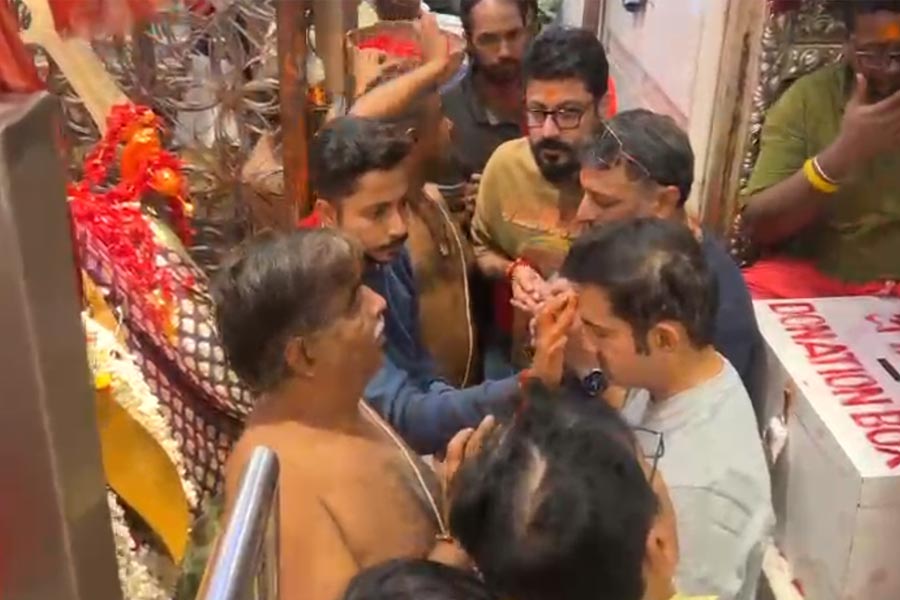India is set to deploy health care workers with portable X-ray units and TB diagnostic kits in 347 districts — including 19 in Bengal — to look for and treat “hidden” TB cases.
The Union health ministry on Saturday launched a special 100-day campaign to screen high-risk groups for TB, irrespective of whether they display symptoms or not, in the 347 districts selected for their TB incidence, examination and death rates.
Health officials are hoping the campaign will impart fresh momentum to the National TB Elimination Programme (NTEP), which had five years ago set a target to “eliminate” TB by 2025 with multiple milestones to mark the elimination pathway.
India accounted for 2.7 million — one in every four new TB cases worldwide — in 2023. Under the NTEP’s increased budgetary support and improved diagnostic and treatment services, the incidence rate has fallen from 237 per 1,00,000 population in 2015 to 195 in 2023.
The country’s TB incidence reduction of 17.7 per cent since 2015 is more than double the 8.3 per cent pace of decline observed globally. But the 195 per 1,00,000 incidence in 2023 is two times larger than the incidence milestone of 77 per 1,00,000 by 2023 set under the TB elimination plan in 2017.
The 100-day screening campaign seeks to address what experts describe as missed or hidden cases — people infected but unaware they have TB — that not only endanger those infected and their close contacts but also challenge progress towards elimination.
Experts say people with active TB may be missed because they disregard early symptoms or because of their lack of access to reliable diagnosis. Delayed diagnosis can cause the infection to worsen over time and spread to their close contacts.
The screening campaign in 347 districts will focus on so-called high-risk groups vulnerable to TB infections.
“We have mapped over 250 million vulnerable people such as those treated for TB in the past, those with diabetes, smokers, alcoholics, malnourished individuals and those above 60 years,” an official told The Telegraph.











